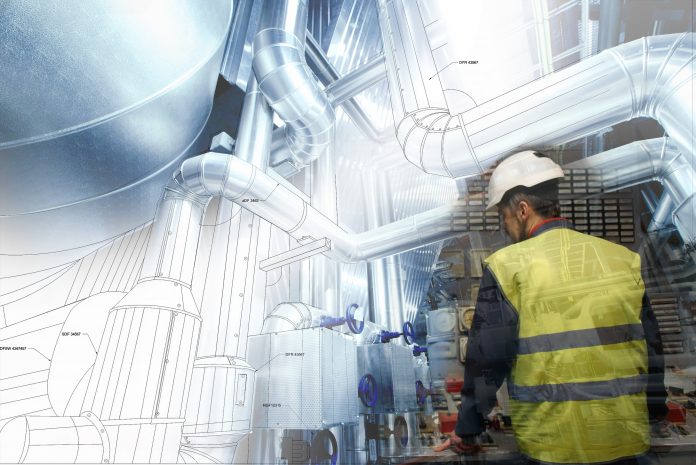Computer programmes have been incredibly useful in progressing almost every sector, especially the AEC industry, with the increased reliance on computer software, some are concerned that this could devolve into dependence on computer software, by extension, the loss of human skill in the workplace
The dependence on software concern in the AEC industry is largely exaggerated — a programme will only produce quality based on the input, i.e. it will always need competent engineers to work them in order to produce high-quality results.
There’s really no replacement for genuine human skill. As such, computer-based assistance will remain as a supportive tool. The successful link between computer programmes and engineering skill varies depending on which part of the AEC industry they are being used in. To understand how this factor can impact their relationship, we must first look at the three main stages of engineering design.
- Concept design: At this stage, the majority of the design comes from the imagination of the engineer, supported by some simple sizing elements or calculations.
- Drafting and analysis: This stage brings the concept design into the real world more earnestly, checking that it is feasible and how it will succeed. This stage is predominantly computer-based, using programmes such as building design software to help engineers work to a greater degree of accuracy.
- Detailed design: This stage is when, as the name suggests, the design becomes much more detailed. At this point, the design is almost completely computer-based, with analysis happening in the background.
Understanding and imagination are aspects only a human worker can bring to a project of any kind. But it’s not just the imaginative aspect that machines cannot replicate in full: fine-tuning, for example, still needs a guiding human hand in order to ensure the outputs are correct. While leaps and bounds are certainly being made in machine learning, whereby computers can now make decisions based on historical data and records, it is highly unlikely that this will develop to the point where human skill and judgement become obsolete.
Of course, people are not flawless in their judgements. Mistakes can be made when writing the programmes designed to support design, or further along the line when inputting data into these programmes. Either error will result in an inaccurate output. For this reason, the topic of automated checking — whereby computer programmes will check the input against previous projects and their success or failure — has been a hot point of discussion within the AEC industry lately.
However, it is worth bearing in mind that the majority of engineering disasters have occurred due to something unusual; that is, something that has not happened in previous related projects. While rule-checkers help when situations where rules apply, they aren’t able to flag something that hasn’t happened in previous records, i.e. something unusual.
There have been examples of this in the working world. The Millennium Bridge’s well-known wobble was not picked up on at any point by the design’s code. Programmes failed to predict the wind instability of Tacoma Narrows. While engineers can make use of a value judgement, computer programmes do not. As the world changes, engineers will make a value judgement to adapt their designs accordingly.
Formulas and algorithms are used not to replace human skill, but to make decisions as accurate as possible. There are several structures and designs that have had formulas developed exclusively for them. For example, the original formula creation for shell structures had to be created by expert mathematicians to ensure success.
Now, with Finite element Analysis, almost any form can be analysed — but that does not mean these forms are always sensible. There’s a certain amount of tension between architects and engineers surrounding this. Where engineers are seen as wanting functionality, architects are seen as wanting novelty first. But this disparity makes for the perfect partnership towards the best designs.
Amy Hodgetts

















